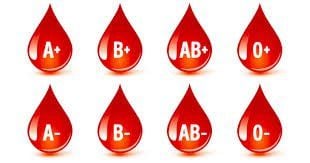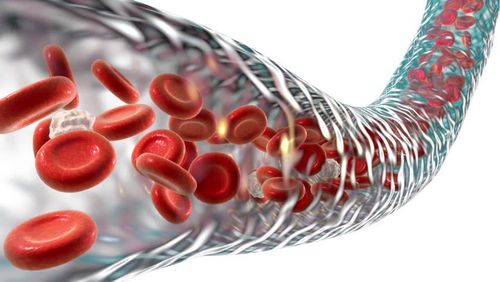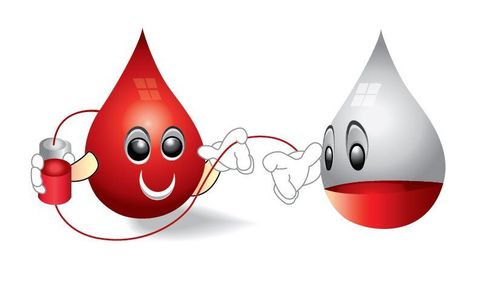This is an automatically translated article.
Plasma replacement is a method of using equipment (machine and filter) to remove blood and separate the part of plasma containing disease-causing factors from blood cells. The missing plasma is replenished with donor plasma or plasma replacement fluid. The method of plasma replacement is applied in the treatment of diseases related to autoantibodies, or circulating antigen-antibody complexes in the blood.
1. What is plasma substitution?
Plasma exchange method is a method of removing plasma from the patient's blood and replacing it with another similar amount of plasma. Blood is led out through a system of machines and filters, where a quantity of plasma is removed and replaced with a corresponding amount of plasma or albumin, then the blood is returned to the body.
The process of plasma replacement usually takes 2 - 3 hours. Patients may experience some side effects such as mild numbness, itching, nausea or dizziness.
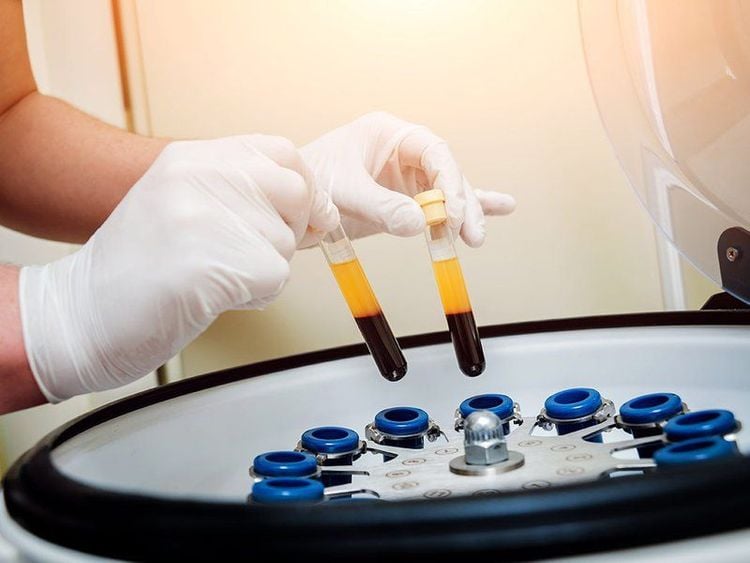
Thay thế huyết tương
2. Application of plasma replacement method
The meaning of plasma replacement method includes:
Removal of pathogens such as: Immunoglobulins; Paraproteins, lipoproteins; Cytokines; Toxins, metabolic products... Supplement missing or beneficial substances in the blood: Coagulation factors; ADAMTS13... Plasma replacement method is applied in the treatment of diseases related to autoantibodies or antigen-antibody complexes circulating in the blood such as:
Diseases caused by abnormalities of the autoimmune system: Erythema thrombocytopenia (TTP). Immune paralysis: Myasthenia gravis, Guillain-Barré syndrome. In particular, acute pancreatitis due to hypertriglyceridemia, responds very well to plasma exchange. Rejection of solid organs (kidney, heart). Acute liver failure waiting for the liver to recover or waiting for a liver transplant. When the plasma part with pathological factors is replaced, the clinical symptoms of the disease are significantly improved. For example, patients with severe myasthenia gravis requiring mechanical ventilation and unable to exercise their whole body can be active again after 1-2 times of plasma replacement; Cases of acute pancreatitis with high triglyceride levels also showed marked improvement in symptoms after plasma exchange.
Plasma replacement method is being applied to treat some other diseases such as hepatitis C, elevated blood bilirubin, HELLP syndrome ... and initially gave positive results.
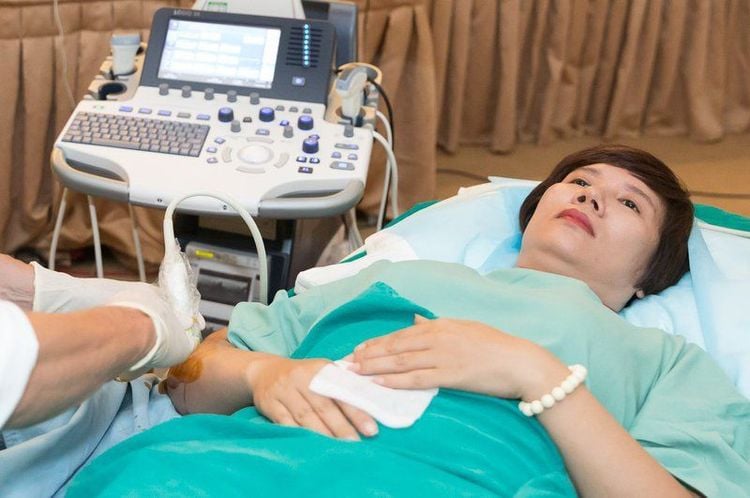
Phương pháp thay thế huyết tương được ứng dụng trong điều trị nhiều bệnh lý khác nhau
3. Side effects of plasma replacement
After changing the plasma filter, the patient may have mild numbness, itching, nausea, dizziness or feel tired for a few days. During this time, you should rest and notify medical staff if you have unusual symptoms.
Some risks may be encountered after plasma replacement such as allergies, hypocalcemia, bleeding, infection at the catheter site to take blood out and put blood into the body; low blood pressure, allergy to dialysers.... However, if plasma replacement is done properly with an experienced team of doctors, the risks are usually well managed and rarely affected. to patient health.
Vinmec International General Hospital applies the plasma exchange technique with a success rate of up to 95%. The hospital uses the Prismaflex® plasma exchange system made by experienced doctors in the Emergency Department.
Through partial removal of plasma, a large amount of autoantibodies, immune complexes, blood lipid components, toxins bound to plasma components are eliminated for therapeutic use. related diseases.
Please dial HOTLINE for more information or register for an appointment HERE. Download MyVinmec app to make appointments faster and to manage your bookings easily.






